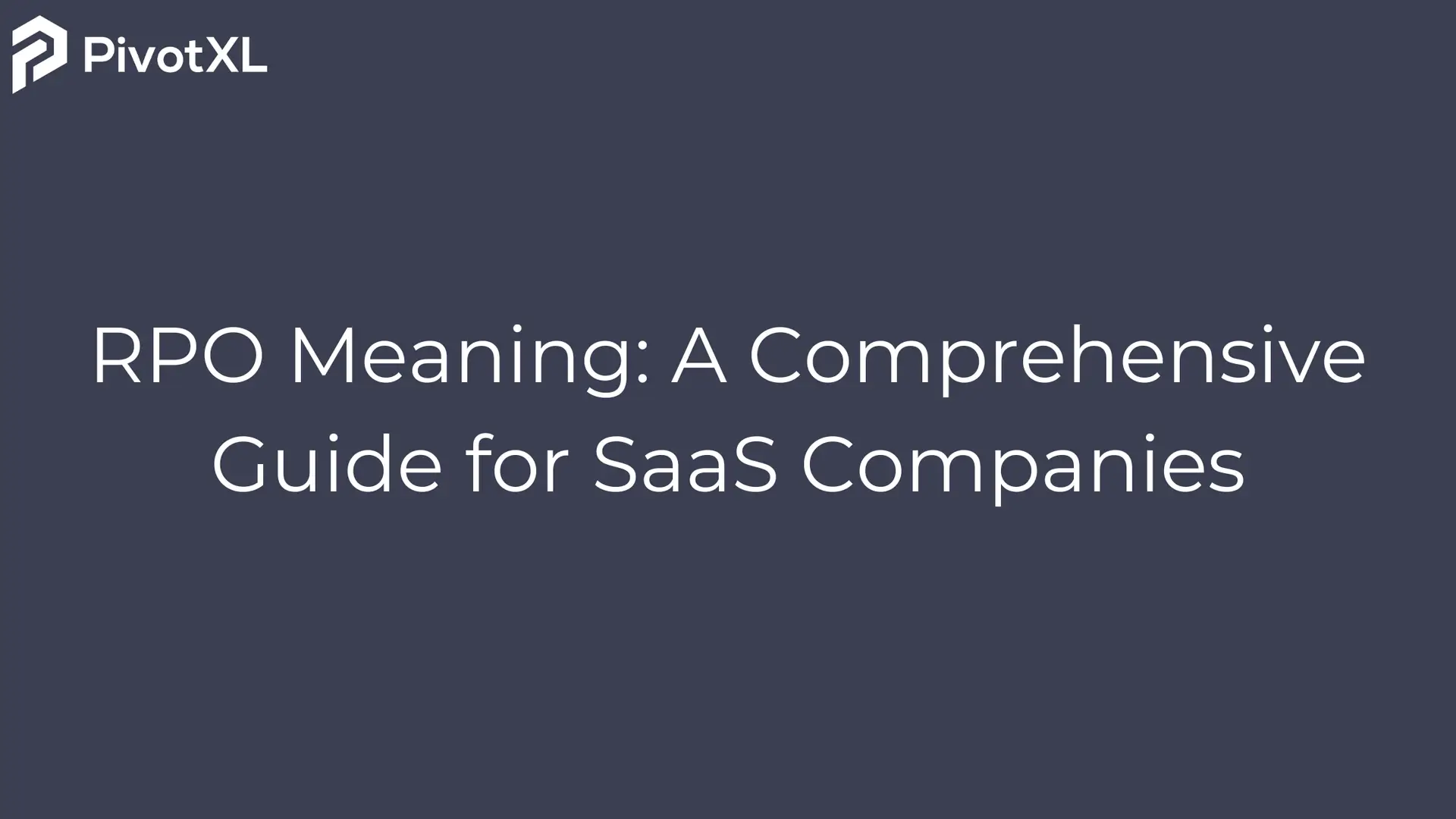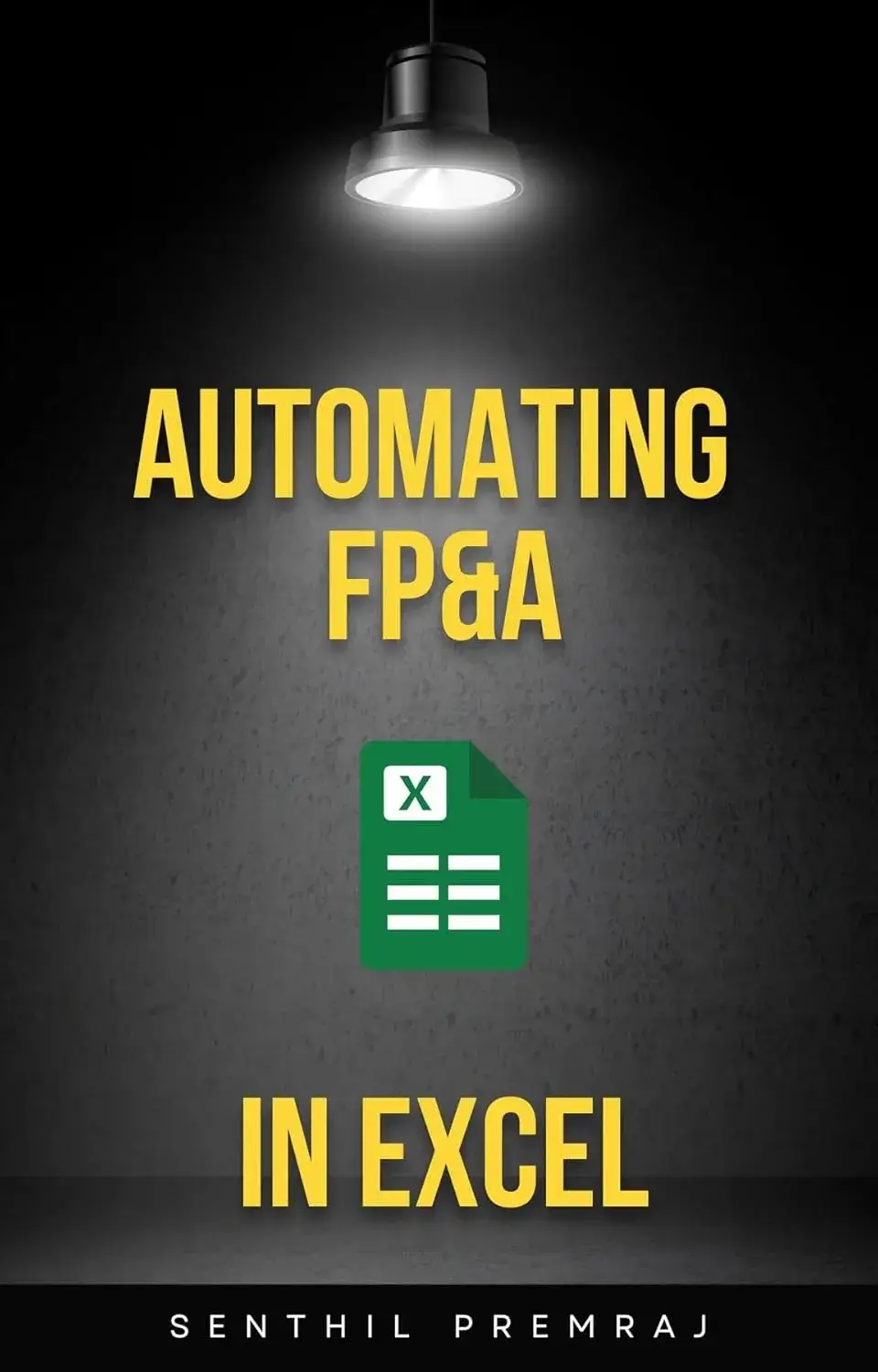Accounting for revenue in SaaS is complex due to elements like customization costs and renewal options, which are not typical in other industries. These features present unique challenges when determining when and how to recognize revenue under Generally Accepted Accounting Principles (GAAP). One key revenue indicator is the Remaining Performance Obligation (RPO).
In this guide, we explain RPO meaning, its calculation, and why it’s relevant for SaaS businesses today.
Why is Remaining Performance Obligation Important for SaaS Companies?
RPO meaning refers to the revenue a SaaS company expects to earn based on executed contracts that have not yet been fulfilled at the end of a reporting period. It is the sum of:
- Deferred revenue – advance payments for services not yet delivered.
- Backlog – contracted revenue that has not yet been invoiced.
RPO is a critical metric because it provides a forward-looking indicator of revenue for SaaS businesses, helping companies and investors understand future earnings potential.
Easy for Investors to Understand
Public SaaS companies often report billings when presenting future revenue expectations, but billings are a non-GAAP metric and require reconciliation with deferred revenue. This can complicate financial analysis for investors.
Instead, RPO simplifies revenue tracking by providing a single number that reflects future contracted revenue. As a result, investors get a clearer picture of a company’s financial health without needing complex reconciliations.
A Leading Indicator of Revenue Growth
For publicly traded SaaS companies, RPO is required to be disclosed in financial statements. Venture-backed private SaaS companies often estimate future revenue by calculating the ratio between Total Contract Value (TCV) and Average Annual Contract Value (ACV) and comparing it with billings.
However, RPO meaning eliminates the need for this estimation by directly quantifying future revenue. Given its predictive power, RPO meaning is becoming a widely accepted SaaS metric for investors evaluating a company’s future growth.
Accounts for More Business Models
SaaS companies use a variety of customer acquisition models, pricing models, and billing frequencies. RPO provides a more accurate revenue picture regardless of a company’s pricing or billing model.
For example:
- A company switching from annual invoicing to half-yearly invoicing will see a decrease in deferred revenue but an increase in backlog.
- Billings only capture deferred revenue, while RPO captures both deferred revenue and backlog, making it a more reliable measure of future revenue.
A Brief History of RPO
RPO reporting became a standard for SaaS companies after the adoption of Financial Accounting Standards Board (FASB) Accounting Standards Codification (ASC) Topic 606. This rule, required for public companies reporting after December 15, 2017, standardized revenue recognition across industries.
The Introduction of ASC 606
ASC 606 introduced a five-step framework for revenue recognition, ensuring that revenue is reported consistently across contracts.
Under ASC 606, a business must recognize revenue based on its performance obligations within a contract:
- Revenue from obligations already fulfilled must be reported.
- The remaining performance obligation (RPO) must also be disclosed, providing insight into future revenue.
Example of Early RPO Adoption:
- One of the first SaaS companies to adopt RPO reporting was Splunk, which began reporting it in FY 2018.
- Splunk’s RPO at the time was $1.26 billion, demonstrating the importance of tracking this metric for long-term revenue visibility.
Is Remaining Performance Obligation a GAAP Metric?
Yes, RPO is a GAAP metric, and public companies must report it. However, it is not included on income statements or balance sheets but rather disclosed in financial statement notes.
Public companies may report:
- GAAP RPO – includes only non-cancellable backlog.
- Non-GAAP RPO – may include cancellable backlog, providing additional investor insight.
How to Calculate RPO
RPO is calculated using the formula:
RPO = Deferred Revenue + Unbilled Contracted Revenue
- Deferred Revenue: Payments received for services not yet rendered.
- Backlog: Contracted revenue not yet invoiced.
Example of an RPO Calculation
A SaaS company signs a two-year contract for $10,000 per year, with annual prepayment:
- Total Contract Value (TCV): $20,000
- Deferred Revenue (Year 1): $10,000 (prepaid amount)
- Backlog: $10,000 (contracted but not yet invoiced revenue)
At the start of the contract, the RPO = Deferred Revenue + Backlog = $10,000 + $10,000 = $20,000.
Over time, as services are delivered, deferred revenue decreases, and backlog is gradually invoiced and recognized as revenue.
Why Does RPO Fluctuate Over Time?
Since RPO is a point-in-time metric, it continuously changes based on:
- New contracts signed.
- Revenue recognized from fulfilled obligations.
- Changes in billing frequency.
Finance teams calculate RPO per contract, but SaaS companies typically aggregate RPO across all contracts for financial reporting.
Should You Use RPO or Billings?
While many SaaS companies report billings, RPO provides a more complete picture of future revenue.
Why RPO is Superior to Billings
Billings require reconciliation to revenue, while RPO:
- Eliminates reconciliation complexities.
- Accounts for both deferred revenue and backlog.
- Provides a more transparent revenue forecast.
For SaaS companies, relying on billings alone may lead to an undervaluation because:
- Deferred revenue changes affect billings calculations.
- Different contract terms (e.g., annual vs. multi-year) impact billings figures.
Example of Billings vs. RPO
A SaaS company has two contracts:
- $100 for a one-year contract (paid upfront).
- $200 for a two-year contract (paid annually).
- Both contracts generate $100 in Annual Recurring Revenue (ARR).
- However, billings report $200 (only the invoiced amounts).
- RPO, on the other hand, captures the full contract value including backlog.
How to Analyze RPO for Strategic Growth
1. Compare RPO Growth Rate with Revenue Growth
A higher RPO growth rate than revenue growth indicates strong future sales. Companies with increasing RPO tend to have sustained revenue expansion.
2. Monitor cRPO vs. Non-Current RPO
A higher proportion of cRPO suggests strong short-term revenue recognition, while a higher non-current RPO signals long-term commitments.
3. Segment RPO by Customer Type
Breaking down RPO by enterprise vs. SMB customers helps identify growth trends within different market segments.
Challenges in RPO Management
Despite its benefits, managing RPO comes with challenges:
- Contract Complexity: SaaS contracts often have varying terms, making RPO calculations intricate.
- Revenue Recognition Timing: Aligning RPO with revenue recognition policies requires precise accounting methods.
- Data Integration Issues: Many companies struggle with consolidating RPO data across multiple financial systems.
PivotXL addresses these challenges by providing a centralized platform for RPO tracking, ensuring accurate and efficient reporting.
Simplify Revenue Analysis with PivotXL
PivotXL enables SaaS companies to analyze, track, and forecast RPO with ease, consolidating all financial and revenue data into a single source of truth.
Benefits of Using PivotXL for RPO Analysis
- Automated RPO Calculations – Eliminate manual tracking.
- Real-Time Dashboards – Visualize revenue trends and future growth.
- Custom Financial Reports – Generate investor-ready reports with key SaaS metrics like ARR, NRR, and RPO.
- Scenario Planning – Model different revenue scenarios to optimize financial decision-making.
Conclusion
Understanding RPO meaning is essential for SaaS companies to accurately forecast revenue and improve financial planning. By tracking RPO with PivotXL, businesses can gain better visibility into future revenue potential, streamline financial reporting, and make data-driven growth decisions.




